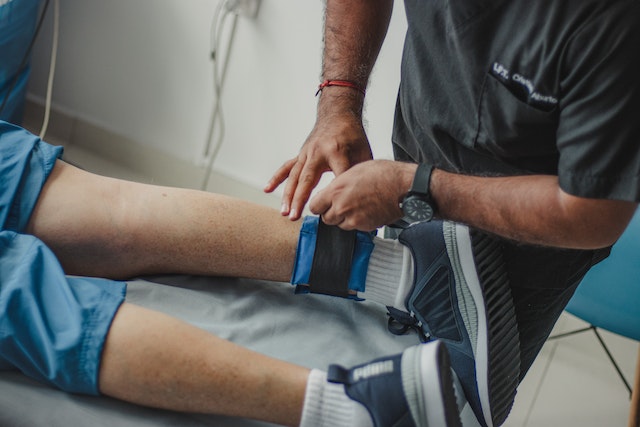Strains and Sprains
30 September 2023
Do you know the difference between a strain and a sprain? People often confuse the two but they do convey injuries to different soft tissues.
Strains
Strains are a very common injury. Strains are often also referred to as either a tear or a rupture. They indicate that there has been some trauma to, or over-stretching of, muscle tissue or tendons.
How do Strains occur?
Strains often happen during sporting activities and this can happen in different ways:
Overuse can have an impact on your soft tissues and over-training or using the same muscles repetitively over a long period of time can cause the muscle fibers to be compromised and become damaged.
Trauma directly to the muscle can cause rupture and also bleeding in the muscle.
Overloading or over stretching your body can cause a strain particularly if a warm-up routine is not effective and the tissue is put under too much force.

What do strains feel like?
Depending on the severity of the injury the symptoms can feel different but almost always some level of pain will be experienced. Bruising, swelling and loss of function are also symptoms of a muscle strain. The area may feel hot and the tissue may feel lumpy.
How do you deal with strains?
Rest, ice, compression and elevation are a good start and after that some soft tissue therapy can help regain control of the muscle function and reduce any discomfort.
Sprains
Sprains are injuries to ligaments. A sprain occurs when a joint is forced beyond its normal range of movement and over-stretches or tears. For example, rolling your ankle is a sprain to one or more of your ankle ligaments. Twisting awkwardly on your knee can cause a sprain.
What are the symptoms of a sprain?
Much the same as a strain, an injury to a ligament can feel painful, hot, swollen, and bruised which can result in temporary loss of function to the joint.
How do you help a sprain?
Ligaments generally take longer to heal than strains but treating them is the same protocol of rest, ice, compression and elevation where possible with some additional treatment from a soft tissue therapist to reduce pain and overgo rehabilitation to regain full strength in the joint.
So, the next time you hear someone say they have strained their knee or sprained their hamstring you can set them straight!
Author: Cross Massage Therapy